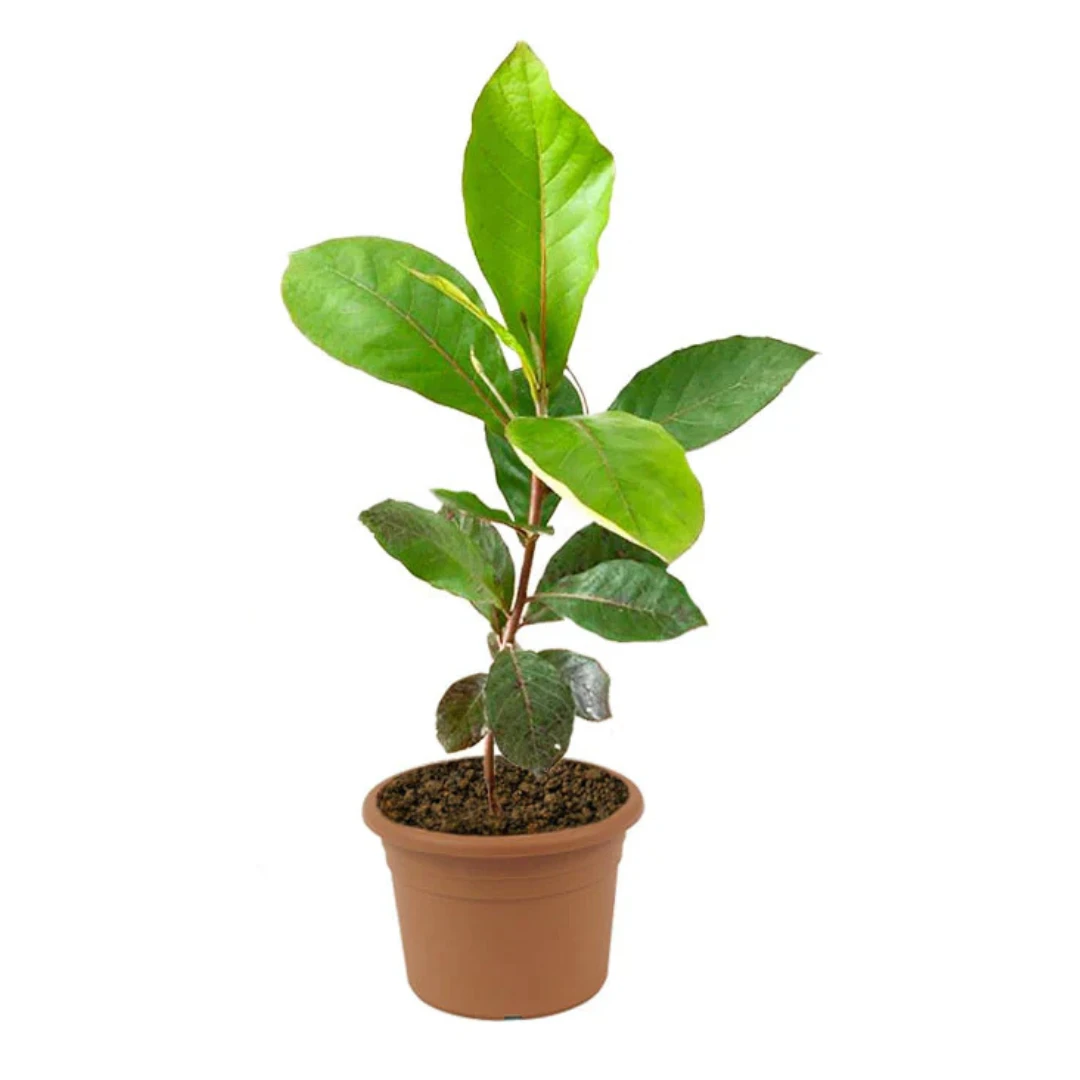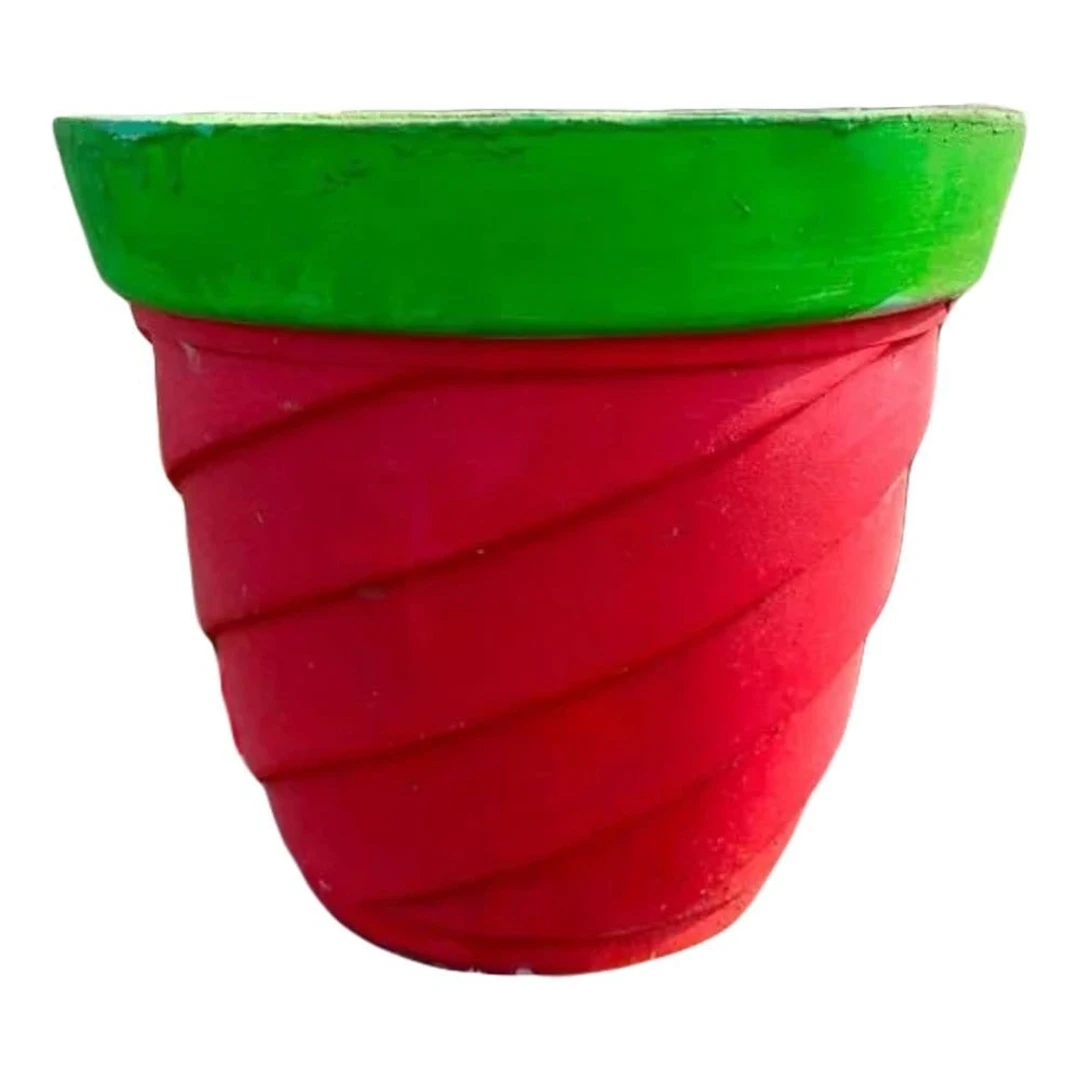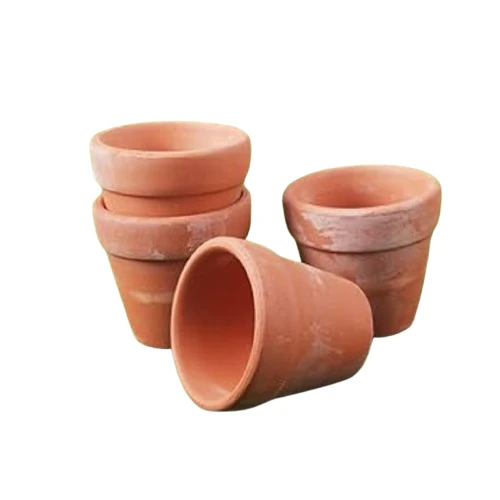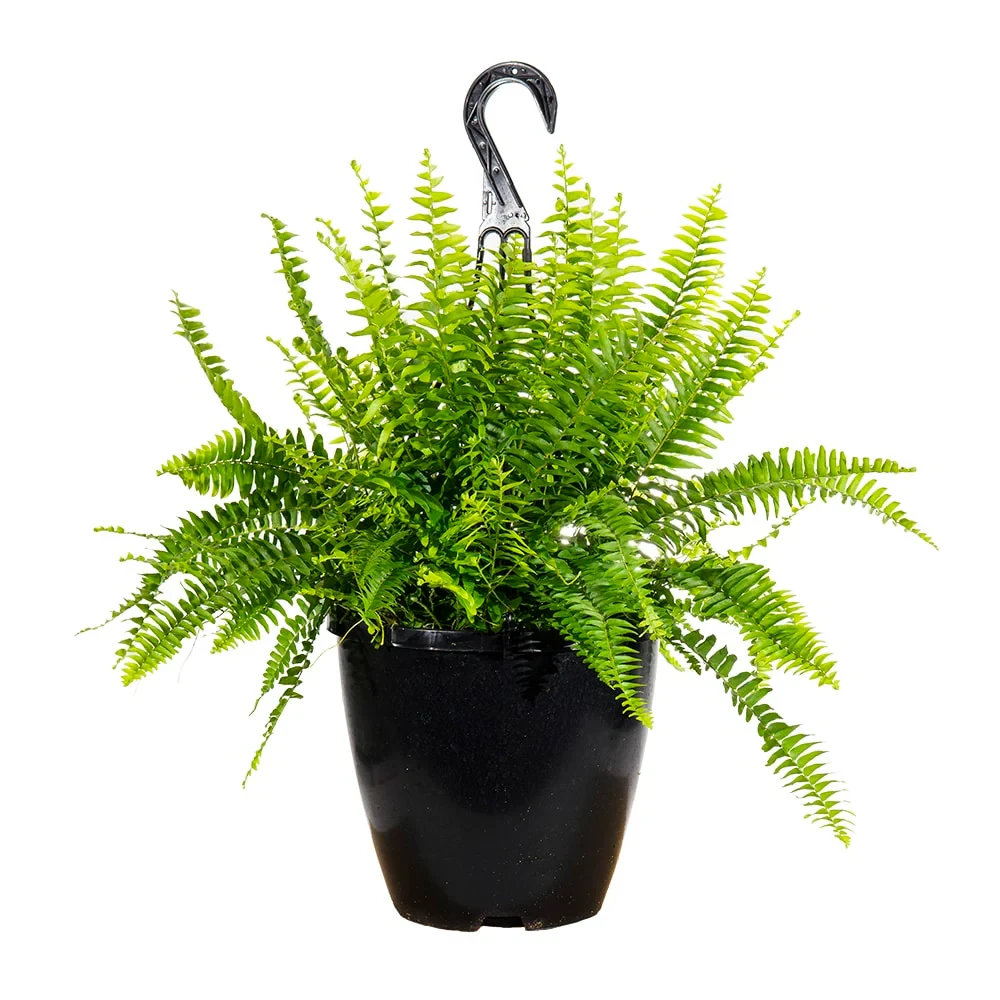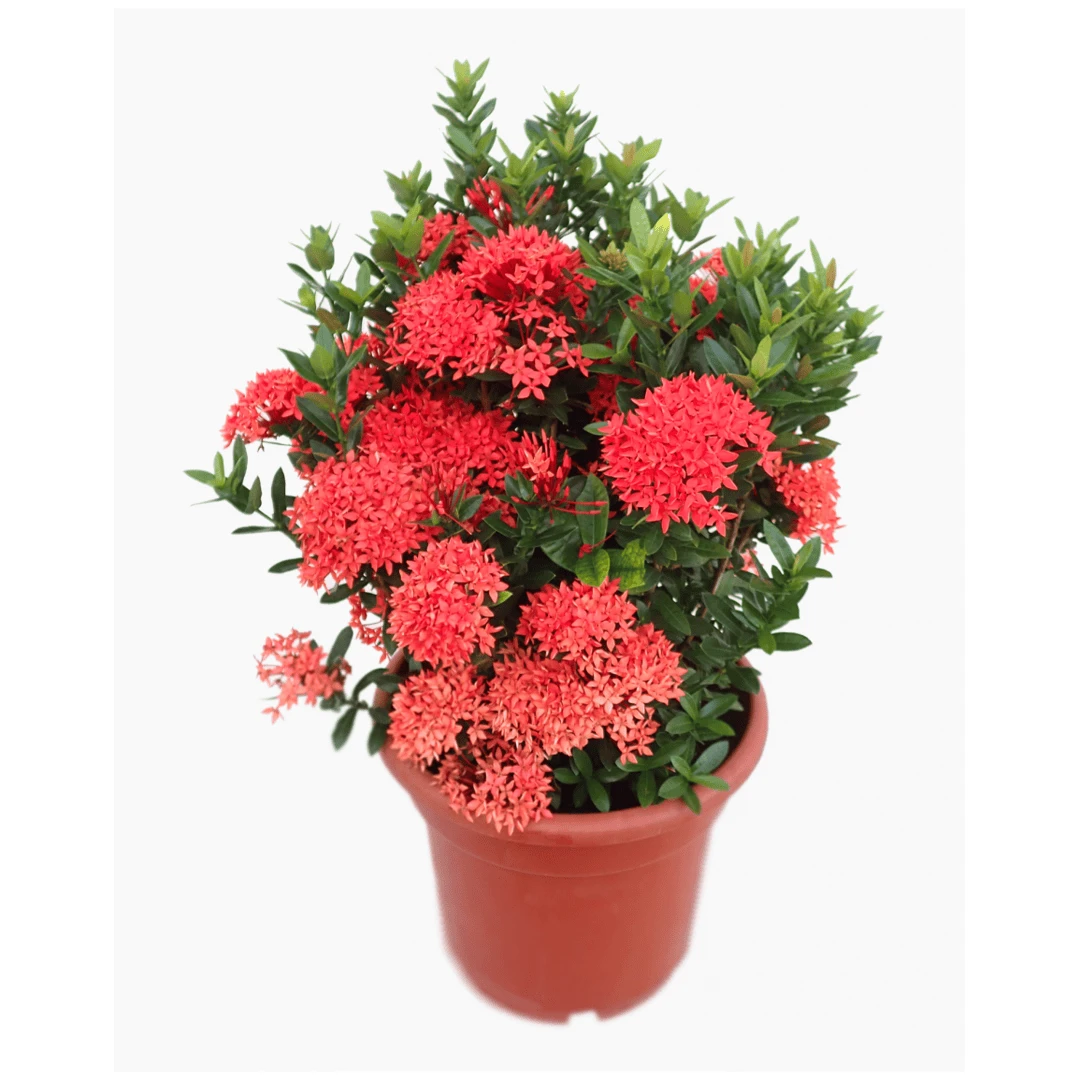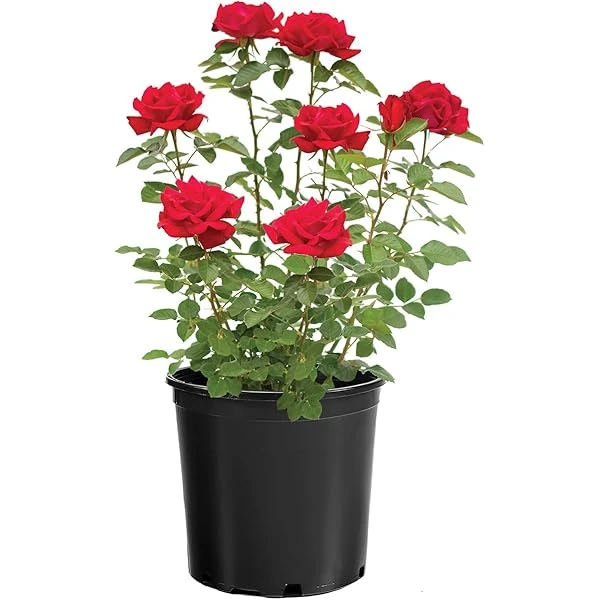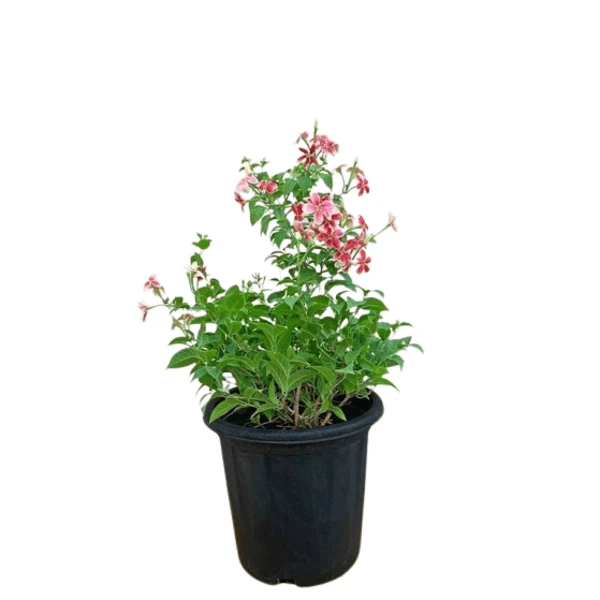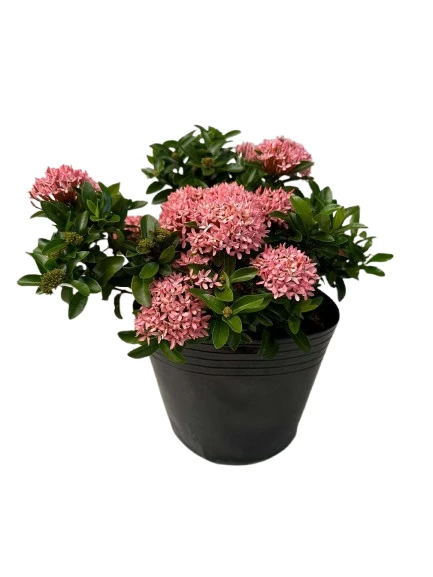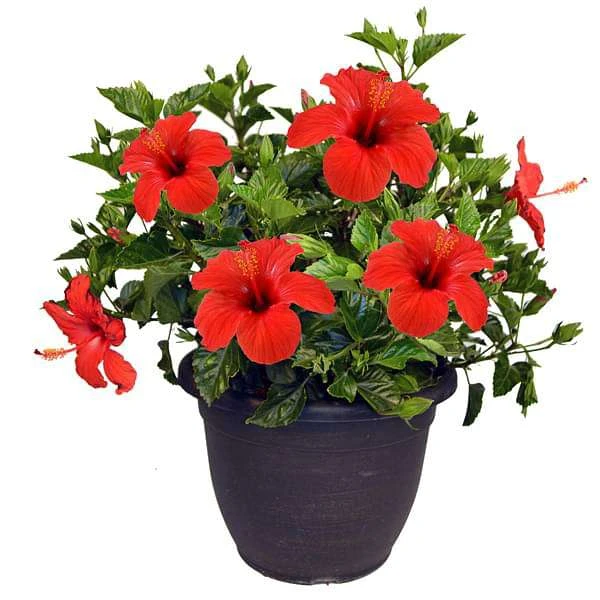The "Badam" plant, scientifically known as Prunus dulcis, is commonly referred to as the almond tree. It is a deciduous tree known for its edible seeds, commonly called almonds. These trees are native to western Asia and are cultivated in various regions with Mediterranean climates.
Key Characteristics:
Deciduous Tree: Almond trees lose their leaves seasonally.
Height: They typically grow to be 3-4.5 meters (10-15 feet) tall.
Flowers: Almond trees produce fragrant, light pink to white flowers in late winter to early spring, before the leaves emerge.
Fruit: The fruit is a drupe with a hard, woody shell (endocarp) containing the edible seed, the almond.
Edible Seeds: The almond seeds are a popular and nutritious food source.
Climate: They thrive in areas with mild winters and hot, dry summers.
Cultivation:
Sunlight: Almond trees need full sun (at least 6-8 hours of direct sunlight daily).
Soil: Well-draining, moderately fertile soil is ideal.
Planting: Planting is best done in late winter or early spring when the trees are dormant.
Spacing: Saplings should be planted 15-20 feet away from buildings, power lines, and other trees.
Uses:
Culinary:
Almonds are widely used in confectionery, baking, and various dishes, both sweet and savory.
Oil:
Almond oil is extracted from the seeds and used in cooking and as a flavoring.
Ornamental:
The trees are also valued for their ornamental beauty, especially when in flower.



